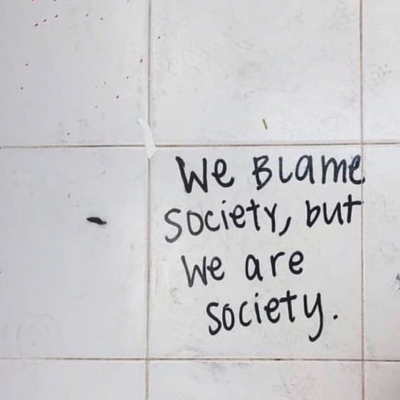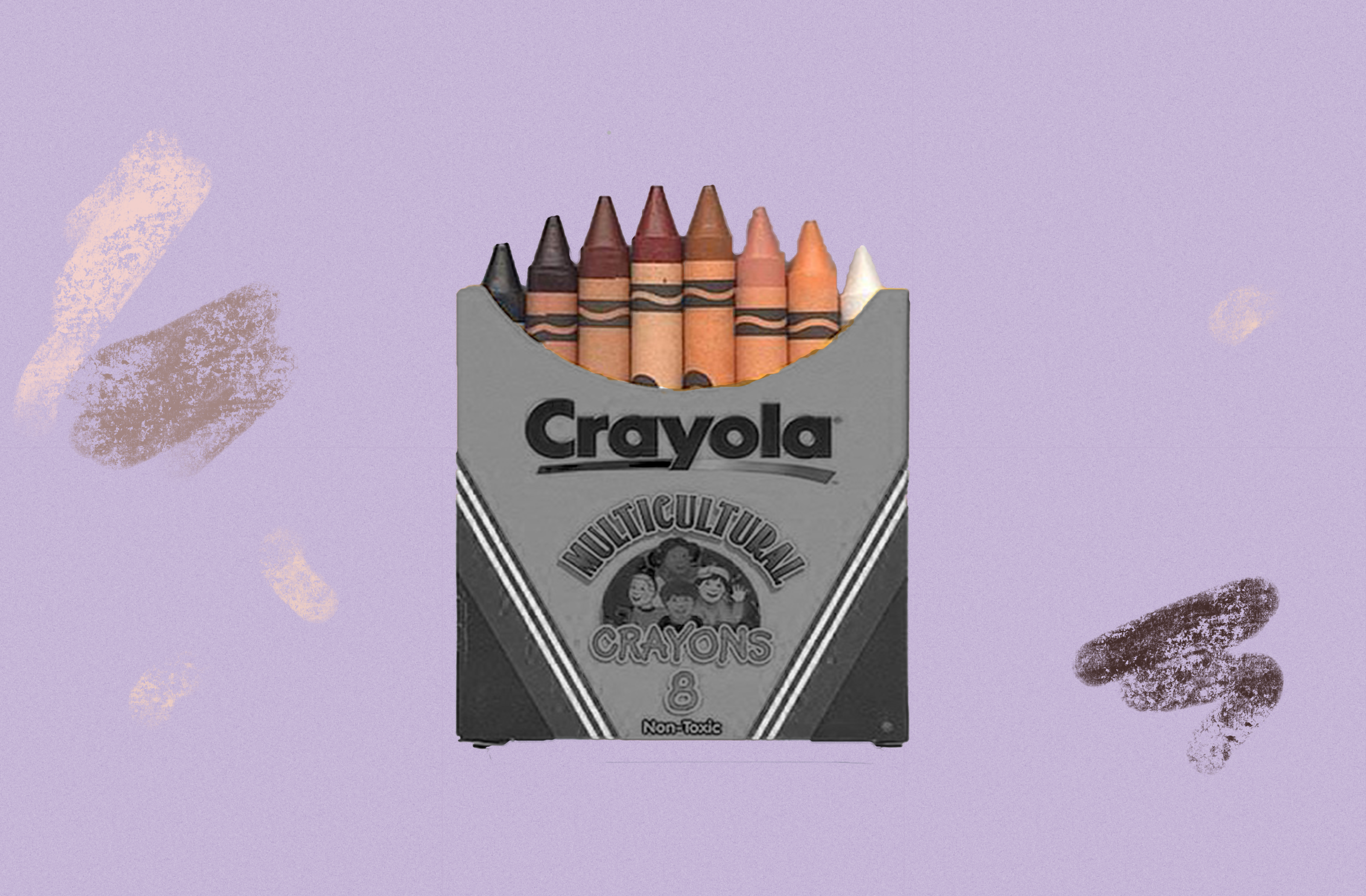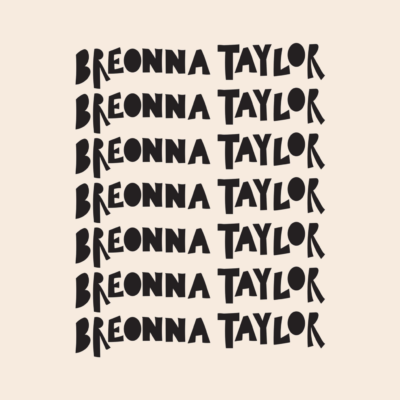
TEACHING MY DAUGHTER ABOUT RACIAL IDENTITY
The soft chirping voice from the back seat arrested my attention from the road. Startled by what my daughter had asked, I met her gaze in the rearview mirror.
“What did you say, baby girl?”
“You brown, Mama?” She straightened her back to get a better look at me in the reflection.
“Am I brown?” I laughed. “Yes, I’m brown. What color are you?”
My daughter smiled out the window before meeting my eyes again in the mirror. “Um…I’m…black!”
“Okay. Sure. You’re black.” I chuckled to myself. My daughter’s skin color was neither brown nor black, but her answer was likely tied up in conversations I’ve had with her about my own identity.
“No. I’m not black,” she announced a few seconds later.
“Then, what color are you?”
“Um. I don’t know how to say it. I’ll ask Daddy. I don’t know it.”
“Maybe cream,” I suggested.
“Cah-ream. Cah-ream.” She spoke the word as if wrestling marbles with her tongue. “Yes, I think I’m cah-ream.”
![]()
I taught my daughter her colors alongside Crayola boxes, Sesame Street episodes, and books. When we grouped objects in a room by color, it felt logical to also categorize each other.
Do I have brown skin, Mama?
No.
Why not?
It was important to initiate conversations about beauty and racial identity with my daughter, but I faltered. I worried about the opinions of my white in-laws who had the privilege of never having to think about this. Christian education classes had taught me about the power of language in structuring the lives of our children and so I internally warred against doctrine that suggested I could instill insecurity and fear in my daughter. There was no perfect manual determining the proper age to begin these discussions.
However, these lessons became necessary the more I encountered colorism in my everyday life.
Colorism is skin-color bias, or rather, the preferential treatment of lighter skinned people within and between ethnic groups.
It is the reason boys called me ugly in middle school because I was not light skinned. It is relatives slapping their lightest body parts to emphasize our color difference as they critiqued my darker skin when I spent “too much time in the sun.” It’s being told by a friend taking a group photo at dusk, “You’re too dark to show up in this picture.”
It means teaching my daughter that Blackness and beauty come in different shades with none being more valuable than the others.
DW McKinney
I loved my skin and the way it glowed in the sun, but colorism tarnished part of this self-love.
I constantly tell myself that I am beautiful whether I am the color of caramel, gingerbread, or chocolate.
It means standing in the mirror and consciously appreciating my skin color after someone comments, “Damn, you’re dark” or “You got black” in a derogatory manner.
It means teaching my daughter that Blackness and beauty come in different shades with none being more valuable than the others.
This is made more difficult because colorism also erases histories and lineages, especially for multiracial children.
While pregnant with my first daughter, I endured conversations with family members and friends who wondered about my unborn child’s skin color and hair texture. Some sent photos of women they found in magazine ads or on Instagram. These women always had long, loosely curled hair. Like the conversations, they depicted a white-skin preference.
Her skin color took precedence. She was always her father’s child. Never mine.
DW McKinney
This phenomenon repeated itself with relatives and in-laws. Presented with our respective baby pictures, they seemed unable to acknowledge our likeness. Her skin color took precedence. She was always her father’s child. Never mine.
This rang devastatingly true one Sunday when I tried to pick her up from my church’s child care. There were only two children left in the room: my daughter and a handsome, chocolate-brown infant boy. The attendant glanced at me standing at the door and immediately picked up the boy.
“Here he is,” she said as she shoved him toward me.
“That’s not my child,” I said.
“Oh?” She looked behind her to my daughter playing on the floor then back to me. “But…um…”
Colorism dictated that this baby boy had to be mine.
The rejection of my Blackness in the countenance of my daughter is a rejection of my desirability as a Black woman and mother. I matter. I count. I am worthy of being her mother despite being a brown-skinned woman.
Our family was being eroded at the root. It was time to act.
By showing her images of who she is or could be, I am silencing the voices trying to limit her identity.
DW McKinney
When I sat down with my daughter, we talked about colors.
Point to all the red objects in the room. Now green. Okay, what about brown?
She pointed to a kitchen chair and a couch.
What else?
Her eyes lingered on me. I told her I was brown-skinned, but that I was Black. I showed her images of women who looked like me. I told her they were beautiful. Then, I asked her about her own skin. We found like objects in the room and I showed her images of women who looked like her, too. Then I showed her images of women of all colors.
Teaching my daughter her colors deviated into also developing her self-understanding.
The way she saw herself evolved. She exclaimed, “That’s me!” when she saw a curly-haired white girl her age on a television show. She was also Rosa Parks in her toddler history book, Princess Tiana, or a racially ambiguous character in the background of a magazine photo.
It is not a perfect method. These conversations will become more nuanced as she grows older. However, by showing her images of who she is or could be, I am silencing the voices trying to limit her identity.
I am also making room for myself as her mother. I am showing her that across the spectrum of our colors, there is always the possibility of self-love.






Fabulous my dear grandchild, simply fabulous. But then I expected no less from you and Kevin.
I regard something truly special in this internet site.
Ahaa, its nice dialogue on the topic of this piece of
writing at this place at this blog, I have read all that, so now me also commenting here.
Je peux ainsi faire la médecine qui me plaît.
Hi there! This article couldn?t be written much better!
Reading through this article reminds me of my previous roommate!
He constantly kept preaching about this. I am going to forward
this post to him. Fairly certain he’s going to have a good read.
Thank you for sharing!
Appreciating the dedication you put into your site and in depth information you
present. It’s good to come across a blog every once
in a while that isn’t the same old rehashed information. Excellent read!
I’ve saved your site and I’m including your RSS feeds to my Google account.
Thanks for sharing this. I’m torn in the conversations I have with my six year old about “the color of our skin” versus our ethnic backgrounds. It makes me feel a little better that many others have the same challenge.